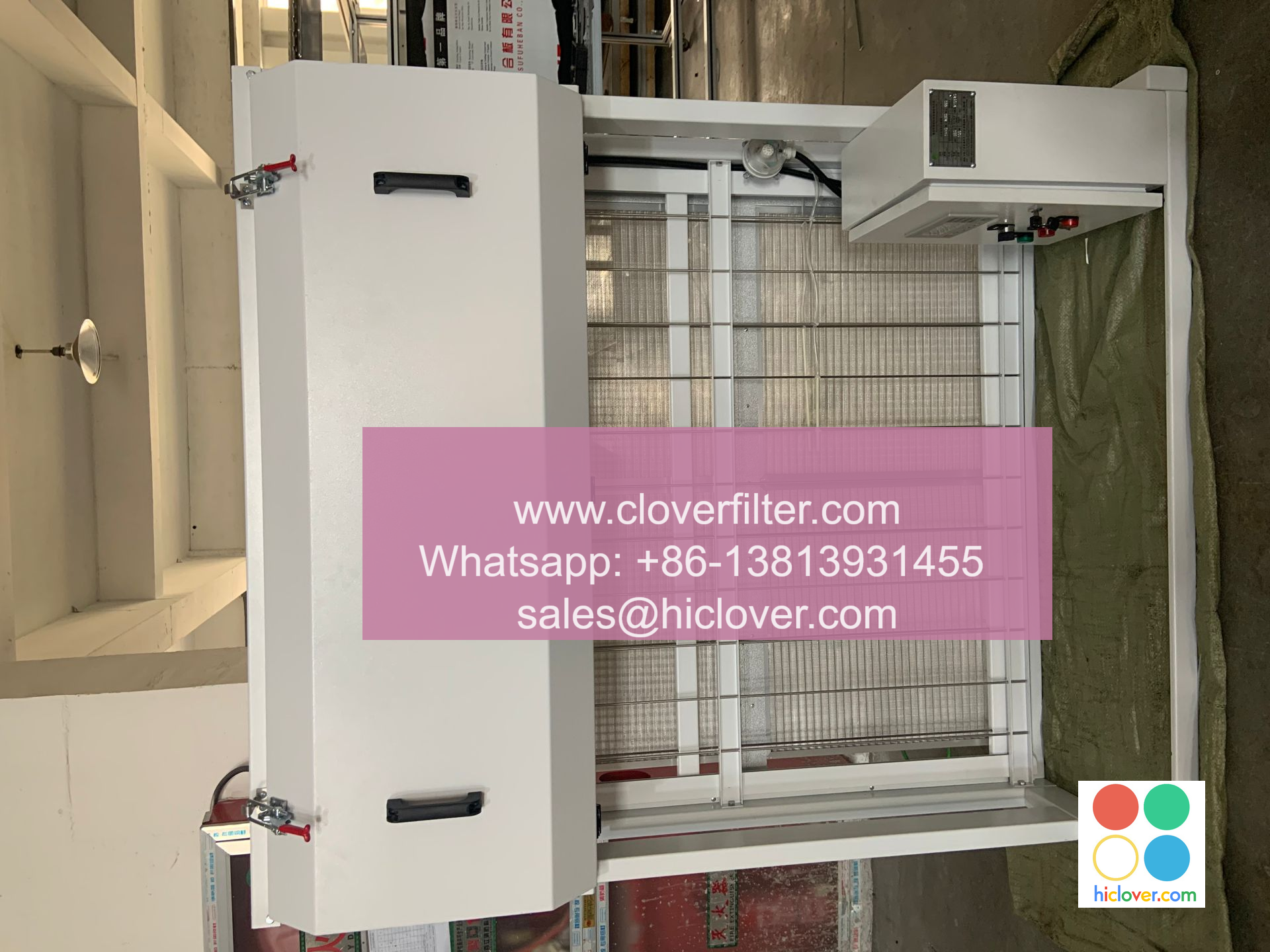The Impact of Air Pollution on Indoor Air Quality

The Hidden Dangers of Air Pollution: The Impact on Indoor Air Quality
As we go about our daily lives, we often take the air we breathe for granted. But the Truth is, air pollution is a pervasive and insidious threat that affects us all, both indoors and outdoors. In this article, we’ll explore the impact of air pollution on indoor air quality, exploring the consequences of this silent killer and highlighting key areas for improvement.
The Sources of Air Pollution
Air pollution is a result of various factors, including:
- Vehicle emissions: Cars, trucks, buses, and motorcycles spew out pollutants like particulate matter (PM), nitrogen oxides (NOx), and volatile organic compounds (VOCs).
- Industrial activities: Factories, industrial processes, and construction sites release pollutants like heavy metals, chemicals, and particulate matter.
- Fossil fuel combustion: Power plants, furnaces, and fireplaces emit pollutants like CO2, SO2, and NOx.
- Household products: Cleaning supplies, pesticides, and air fresheners can release volatile organic compounds (VOCs) and other pollutants.
The Impact on Indoor Air Quality
Air pollution doesn’t just stop at the threshold of your home or office building. It seeps in, settling on surfaces, carpets, and furniture, and even getting trapped in the air. This contamination can have serious consequences, including:
- Respiratory Issues: Poor indoor air quality (IAQ) exacerbates respiratory problems like asthma, chronic obstructive pulmonary disease (COPD), and lung cancer.
- Allergies and Sensitivities: Chemicals and particles in the air can trigger allergic reactions, skin irritation, and other sensitivities.
- Sick Building Syndrome: Recirculated air, inadequate ventilation, and poor IAQ can lead to a range of symptoms, from headaches to fatigue.
Key Areas for Improvement
So, what can you do to mitigate the impact of air pollution on indoor air quality? Focus on these critical areas:
- Seal and Insulate: Seal gaps and cracks, install door sweeps, and insulate your home or office to prevent pollutants from entering.
- Air Purification: Invest in HEPA air purifiers, which capture 99.97% of particles as small as 0.3 microns.
- Proper Ventilation: Implement effective ventilation systems, ensuring a 3-4 air change per hour to remove pollutants and replace them with fresh air.
- Non-VOC Products: Choose cleaning supplies, paints, and mattresses that are free from volatile organic compounds (VOCs).
- Regular Maintenance: Schedule regular maintenance for HVAC systems, fireplaces, and appliances to prevent wear and tear, which can lead to air pollution.
Conclusion
Air pollution is a pervasive problem that demands immediate attention. By understanding the sources and impact of air pollution, we can take proactive steps to improve indoor air quality. Remember, a little vigilance and planning can go a long way in creating a healthier, safer environment for you and your loved ones.
Take the first step towards a cleaner, healthier tomorrow. Learn more about the impact of air pollution on indoor air quality and start making changes to create a better environment for all.
I’m happy to help! Please go ahead and provide the prompt you’d like to use, and I’ll do my best to assist you.

